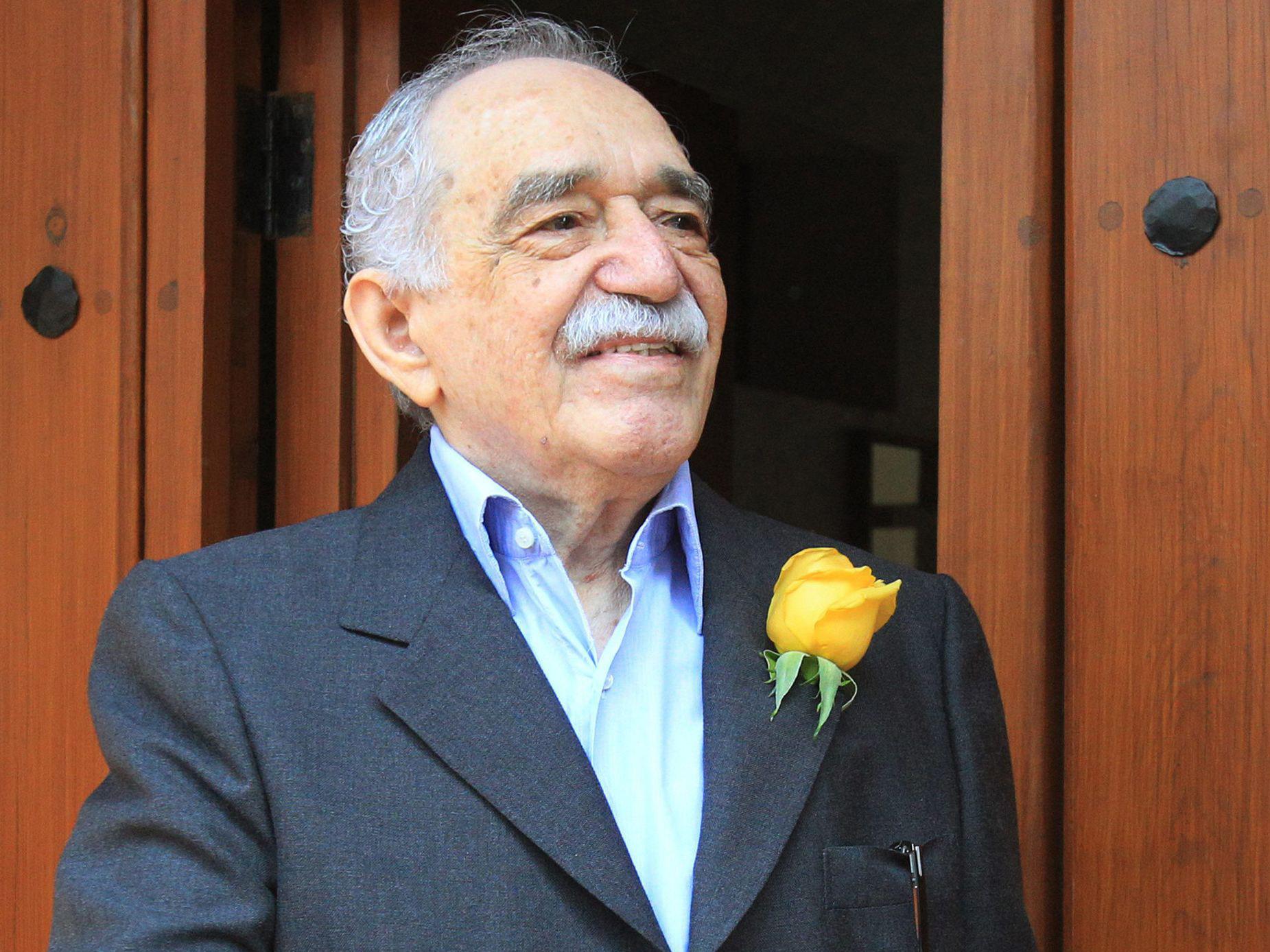Gabriel Garcia Marquez: How 'Gabo' spun fantastic tales from South America's turbulent political history
Google Doodle recreates the fictional town of Macondo, location for many of the magical realist stories by one of the world's most admired and influential writers

Your support helps us to tell the story
From reproductive rights to climate change to Big Tech, The Independent is on the ground when the story is developing. Whether it's investigating the financials of Elon Musk's pro-Trump PAC or producing our latest documentary, 'The A Word', which shines a light on the American women fighting for reproductive rights, we know how important it is to parse out the facts from the messaging.
At such a critical moment in US history, we need reporters on the ground. Your donation allows us to keep sending journalists to speak to both sides of the story.
The Independent is trusted by Americans across the entire political spectrum. And unlike many other quality news outlets, we choose not to lock Americans out of our reporting and analysis with paywalls. We believe quality journalism should be available to everyone, paid for by those who can afford it.
Your support makes all the difference.Today marks the 91st birthday of the revered Colombian author Gabriel Garcia Marquez (1927-2014), who passed away four years ago aged 87.
A giant of Latin American culture credited with popularising magic realism, the man behind One Hundred Years of Solitude (1967) and Love in the Time of Cholera (1985) is celebrated in today's Google Doodle.
Marquez was awarded the Nobel Prize for Literature in 1982 "for his novels and short stories, in which the fantastic and the realistic are combined in a richly composed world of imagination, reflecting a continent's life and conflicts."
He remained a hero across the Spanish-speaking world throughout his career and was known affectionately as "Gabo" to a generation of readers.
But who was Gabo and what inspired the extraordinary flights of fancy his books contain?
Marquez was born in Aracataca in northern Colombia - the basis for the fictional Macondo, where many of his stories take place - and raised by his grandparents, whom he said inspired his left-wing politics, Catholicism and love of storytelling and imbued him with a deep fascination for the supernatural and otherworldly.
Speaking fondly of his hometown later in life, Marquez said: "I returned one day and discovered that between reality and nostalgia was the raw material for my work."
As a young man he set out to become a journalist, attending the Universidad Nacional de Colombia in Bogota before leaving in 1948 when the assassination of popular Liberal Party presidential candidate Jorge Eliecer Gaitan led to brutal riots, a decade-long period of unrest known as "La Violencia".
He spent the duration of La Violencia as a reporter, foreign correspondent and newspaper editor, initially in Barranquilla, prominently supporting a coup in Venezuela that saw the overthrow of President Marcos Perez Jimenez.
Marquez subsequently relocated to Mexico in 1958, marrying Mercedes Barcha and commencing his career as a novelist, inspired by a love of William Faulkner and a pilgrimage to that writer's native Mississippi by Greyhound bus in 1961.
The publication of One Hundred Years of Solitude brought him international recognition and became one of the most famous books of the 20th century. Many more would follow from his prolific pen, Marquez producing six novels, five novellas, seven short story anthologies and eight non-fiction books over the course of an illustrious career.
Marquez used his newfound fame to espouse international left-wing causes and decry dictatorships, standing as an outspoken opponent of Augusto Pinochet in Chile and friend to Cuban leader Fidel Castro.
His allegiance to the latter was sometimes controversial, not least when he continued to support the Lion of Havana during the show trial of regime critic Herberto Padilla in 1968. The men truly became close in 1977, bonding over seafood and a shared love of literature. Castro proved himself an adept and insightful critic of Marquez's writing and even proofread some of his later works.
The fantastical literary style for which Marquez became known - along with his contemporaries Julio Cortazar and Jorge Luis Borges - was inspired by the romantic history of South America, the continent seemingly existing in a constant state of flux, defined over the centuries by its Conquistador conquerors, lush landscapes, fiery revolutions, passionate artistry and strongman political leaders.
"We have had to ask but little of imagination, for our crucial problem has been a lack of conventional means to render our lives believable," he said in his Nobel acceptance speech.
Magic realism has since flourished across the world and inspired a legion of post-colonial writers following in Marquez's footsteps from Africa, Asia and the Caribbean. Everyone from Salman Rushdie and Orhan Pamuk to Arundhati Roy and Haruki Murakami owes a debt to this supreme stylist.
Marquez himself remained realistic about his craft, however, telling The Paris Review in 1982: "Ultimately, literature is nothing but carpentry. Both are very hard work. Writing something is almost as hard as making a table.
"With both, you are working with reality, a material just as hard as wood. Both are full of tricks and techniques. Basically, very little magic and a lot of hard work are involved," he said.
Join our commenting forum
Join thought-provoking conversations, follow other Independent readers and see their replies
Comments